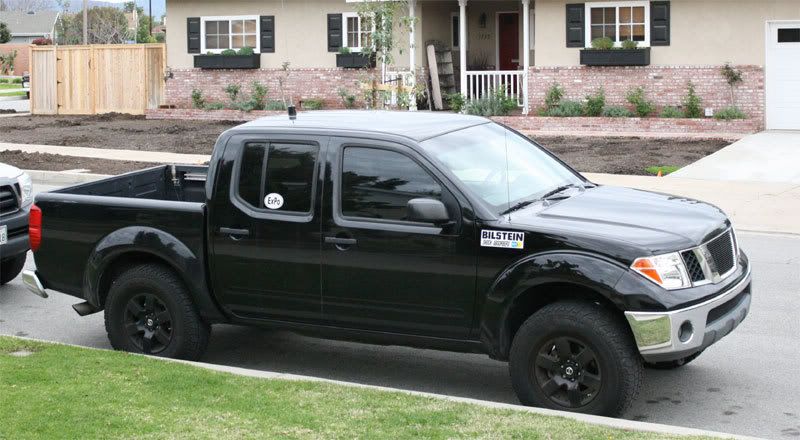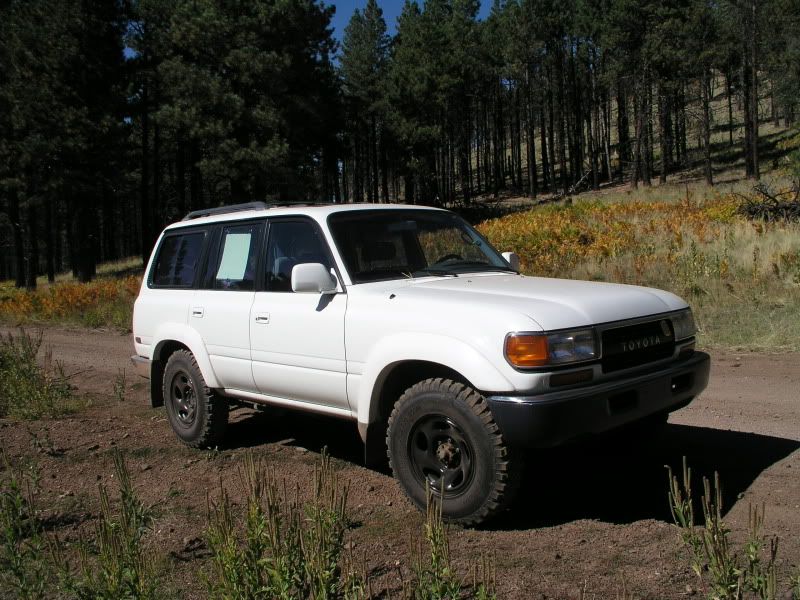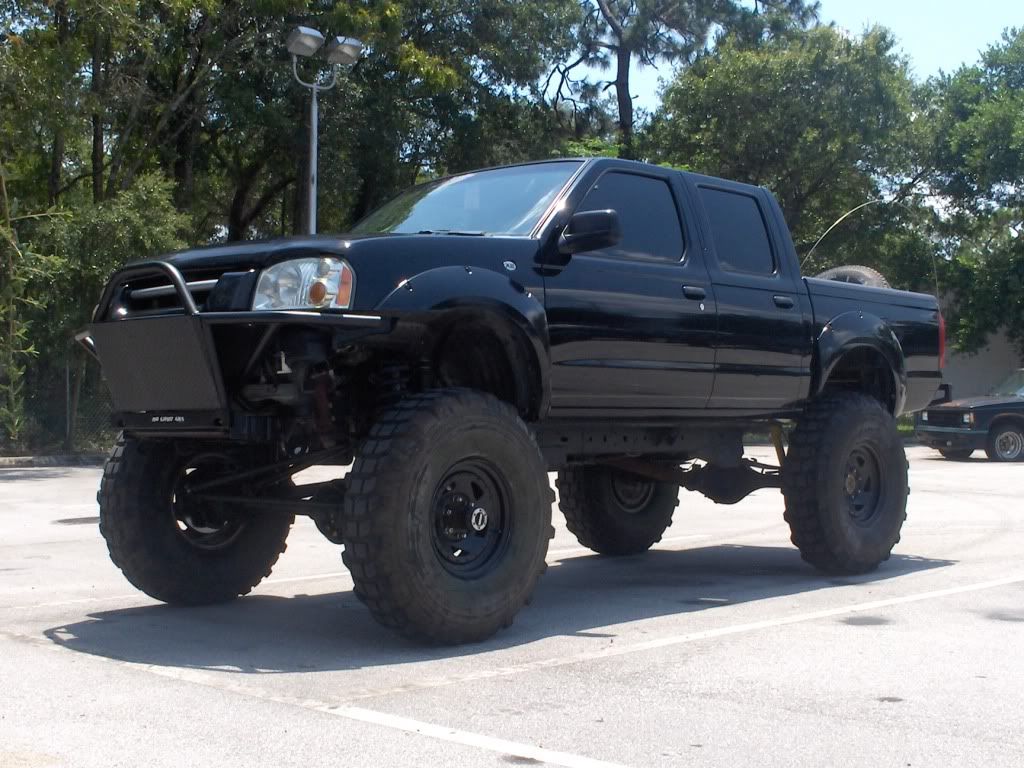It probably comes down to the vehicle in question. My truck has a higher CG and narrower track than your Dodge, so I'll take all the latteral stability I can get. It probably also has a lot softer suspension, so I can deal with it.
Finally! after 15 pages of thread someone focuses on the reason why so many people can not quite agree given their experiences.
I think we are looking at a three legged stool, tyre physics, terrain physics and vehicle characteristics. I believe that you need to pick the tyre size range that fits and works best for a particular vehicle type and then for specific targeted terrains. You folks have focused on tyre physics and terrain but have mostly ignored vehicle characteristics beyond weight.
Obviously, since I'm a long time Series Land Rover owner this is the vehicle I'll use for my illustration. The Land Rover people who posted here came down on the side of tall skinny tyres, especially the Series folks. This is not an accident, it is what our trucks want in order to work best.
Series rigs don't have a lot of aftermarket wheel options and factory rims can be had in 5.5" (standard Series width), 6"(standard D110 wheels), 6.5" (Wolf wheels) and 7" (discovery I steel rims). Rim width narrows our tyre choices without going to a wheel shop to put new rims on our centres.
Why did the factory limit our choices with narrow wheels? A lot of that has to do with the width of the body and the wheel well space available. The story goes that since so many of the Series I trucks were sold in the UK to farmers and other country folks that people from the factory went out into the Scottish farm country to measure the width of farm gates to make sure the new Series II would fit. We ended up with a narrow bodied vehicle with a limited width wheel well. A lot of UK farm mud is not real deep so taller narrow tyres usually can dig down into firmer soil and just keep going.
The long wheel base 109's came standard with the 750/16 32 inch diameter tyres. A heavy duty version was available with a 2 inch lift at the spring attachments that used 900/16 tyres which depending upon brand were usually very skinny and in the 35-36 inch diameter range.
For us Series owners, the deep narrow wheel wells and limited wheel widths limit acceptable tyre offerings unless you are willing to make modifications that will affect the stock drivability envelope. You can go short diameter and wide by having wide rims welded to the wheel centres so the extra width goes to the outside, but your ground clearance rapidly decreases when your tyres are short enough to stick out the wing panels at dynamic maximum upward articulation.
The taller the tyre, the more apt you are to find the vehicle centre of gravity outside the wheelbase unless you fit wider axle assemblies and or wider rims with the extra width on the outside to widen the wheelbase. This is especially true for those of us with a very narrow wheelbase. For taller and wider tyres you need to lift the body and or enlarge the wheel arches to keep the wide tyres off the body. This is a lot more work than most owners who are not dedicated rock crawler types want to go through. And most people will hate the larger turning radius and increased difficulty of steering.
Because of our truck's design we naturally go doe tyres between 30 and 33 inches in diameter with a tread width of 9 to 10.5 inches. It is what fits our trucks best.
I think that unless you are wiling to toss in a lot on money and sacrifice some aspects of your truck's driveability the ideal tyre size for a truck can be found within the envelope of your manufacture's options for that truck. From there you can fine tune your tyre choice based upon the surfaces you plan to drive in. I think that will provide the best all around "expedition travel style" driveability and versatility.
Encase anyone is interested in my choice, my Dormobile is shod with 255/85/16 BFG Mud Terrains. These are about as big a tyre as you are going to fit on a stock LR wheel in a stock wheel well. I was slowly modifying my truck to accept 35 inch wheels when I noticed that 33.3" dia wheels were as tall as I could go and not have to hike up my skirt to climb into the truck. So for now at least I'm considering this tyre to be a best overall compromise. After all I must look good when I take my truck to the mall






